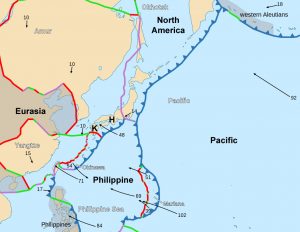
Fig.1. Prime Minister of Japan Shinzo Abe in his Super Mario costume at the closing ceremony of the 2016 Olympics by REUTERS/Stoyan Nenov via Tokyo 2020 and Japan’s Soft Power
The term “soft power”, a concept developed by Joseph Nye of Harvard Unversity to describe a country’s ability to shape preference of an individual or society as a whole by engaging their hearts and minds through cultural and political values, where it emphasizes the ability to attract rather than by coercion (hard power).
Organizations such as the Softpower30 created an index to measure countries’ soft power by combing objective data across six categories (Government, Culture, Education, Global Engagement, Enterprise, and Digital) and international polling, providing a comprehensive framework for the analysis of soft power. Japan is ranked 6th in the Top 30. More on Japan Soft Power Ranking via Softpower30: https://softpower30.com/country/japan/
Lam (2007) explains that due to Japan past militarism and other times as a predatory “economic animal”, there was an image problem in East Asia, in which Japan acquired a new ‘pop-culture of anime & manga’ image which tried to supersede the negative images of the past. On one hand, East Asian especially Chinese and Koreans view negatively toward Japanese war atrocities. On the other hand, East Asian consumers have embraced Japanese culture such as sushi, karaoke, zen-inspired architecture, J-pop, J-fashion, electronic games (Sony Playstation 4 and Nintendo), television dramas, manga (comics) and anime (cartoons).
Lam (2007) argues there are certain limits to Japan’s “soft power”, Japan would be unlikely to truly spread their comics and cartoon to the hearts and minds of the Chinese and Korean people without a historical reconciliation with China and South Korea. Furthermore, Japan “soft power” can easily be undermined by insensitive statements of a new generation of nationalistic leaders over politically sensitive issues regarding Japan’s past militarism.

Fig.2. Doraemon accepting its position as Japan’s Anime Ambassador from former Foreign Minister Komura Masahiko via Japanese Soft Power
Japanese anime is broadcasted over a hundred countries and over ten billion of manga have been sold worldwide. It is often said that the quality of manga and anime where all generation people can read or watch it- from young to adults. The Japanese government exports Japanese culture and industry as “Cool Japan” to the whole world, and they hold Japan expo over the world. The influence of globalization and social media play an important role to spread the anime and manga culture to the world- where there are Facebook post who wrote about their favorite anime, people cosplaying and an anime club in almost every educational institution such as UBC Anime Club.
In May 2007, Tokyo established the International Manga Award and the First International Manga Award Executive to honor manga artists who contribute to the promotion of manga abroad in which the last one was on 2015 which was the Ninth International Manga Award.
Furthermore, referring to Fig.3., a total of 4,345 contracts were made in overseas markets according to the survey responses from 16 companies. By country, United States came first and China in second, followed by Canada, Korea and Taiwan. As a continent, the rate of contracts were led by Asia (36.9%), followed by Europe (25.8%) and North America (12.3%). The Anime Industry Report 2016 mention that the Japanese animation industry is now enjoying the 4th Anime Boom which is attributed to “increases in market channels , including Internet distribution, Pachinko and Pachinko‐slot and Live Entertainment, over the past decade”.
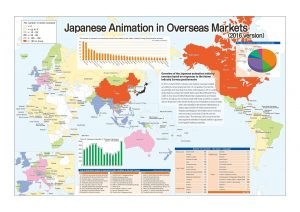
Fig.3.Japanese Animation in Overseas Markets via Anime Industry Report 2016
More information of Cool Japan: https://en.wikipedia.org/wiki/Cool_Japan
One key lesson from the Tokyo show (can be viewed below), is to not diverge away from what is already popular but to embrace it. However, what works for Japan may not work for other countries, but it make sense to leverage if such assets exist in their countries. Despite a steady increase of popularity of Japanese manga and anime in the world, but there are other markets such as the African and Middle East market in which Japanese organizations finding difficulty to penetrate into. Key point is, Japan is emerging or already is perceived as a cultural superpower- as seen as performing manga and anime to the world.
https://www.youtube.com/watch?v=s23qwzu4Mb8
Fig.4. The closing ceremony of the 2016 RIO Olympic Games. By Show Fever (2016) via Youtube
References
Iwaki, H. (2012, July 3). Japanese Animation and Comics as Soft Power. In JAPANsociology. Retrieved December 1, 2017, from https://japansociology.com/2012/07/03/japanese-animation-and-comics-as-soft-power/
Lam, P. E. (2007). Japan’s quest for “soft power”: attraction and limitation. East Asia, 24(4), 349-363. Retrieved from https://link.springer.com/content/pdf/10.1007%2Fs12140-007-9028-6.pdf
Watanabe, Y., & McConnell, D. L. (Eds.). (2008). Soft power superpowers: Cultural and national assets of Japan and the United States. ME Sharpe.
Show Fever (2016). The closing ceremony of the 2016 RIO Olympics [Video file]. Retrieved from https://www.youtube.com/watch?v=s23qwzu4Mb8
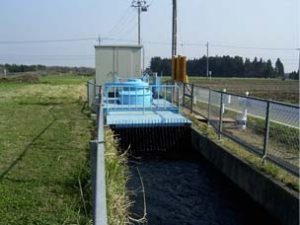
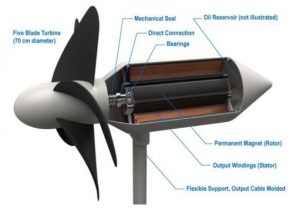


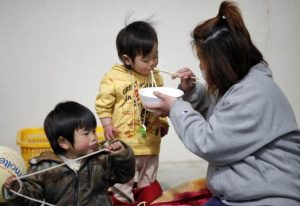
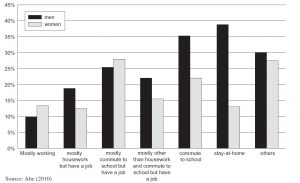


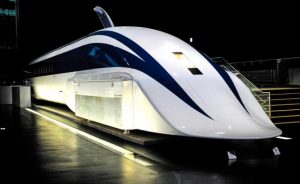

 Fig.4. Architect Kengo Kuma has designed the new station on Tokyo’s JR Yamanote Line, obtained from https://www.jrailpass.com/blog/tokyo-2020-olympics
Fig.4. Architect Kengo Kuma has designed the new station on Tokyo’s JR Yamanote Line, obtained from https://www.jrailpass.com/blog/tokyo-2020-olympics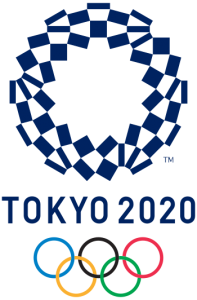
 Fig.1. Japanese wood-block print showing a mythic catfish that causes earthquakes. Private collection, Berkeley, California. Courtesy of Ms. B. Bolt. (figure from KOZAK & CERMAK 2010). The depiction shows that the catfish is redistributing wealth from the rich people to the poor people.
Fig.1. Japanese wood-block print showing a mythic catfish that causes earthquakes. Private collection, Berkeley, California. Courtesy of Ms. B. Bolt. (figure from KOZAK & CERMAK 2010). The depiction shows that the catfish is redistributing wealth from the rich people to the poor people.